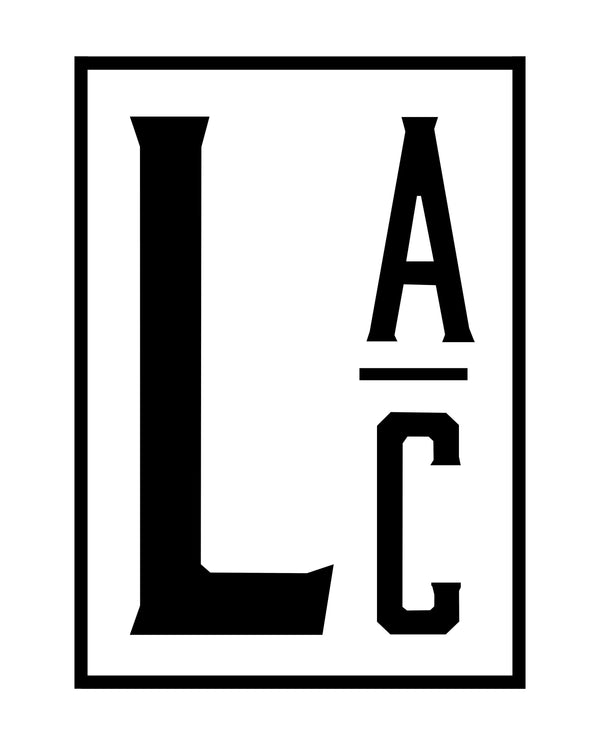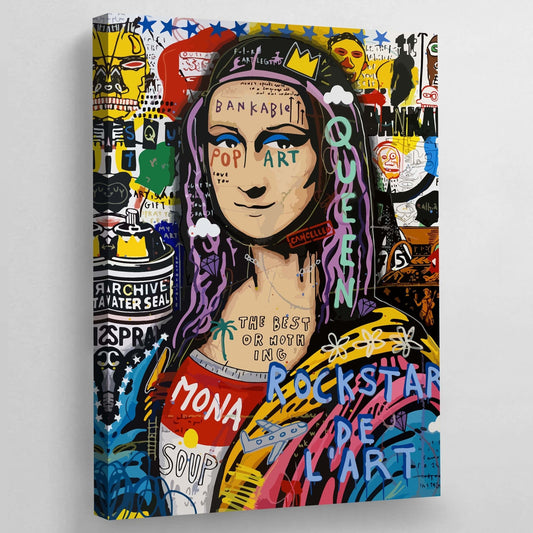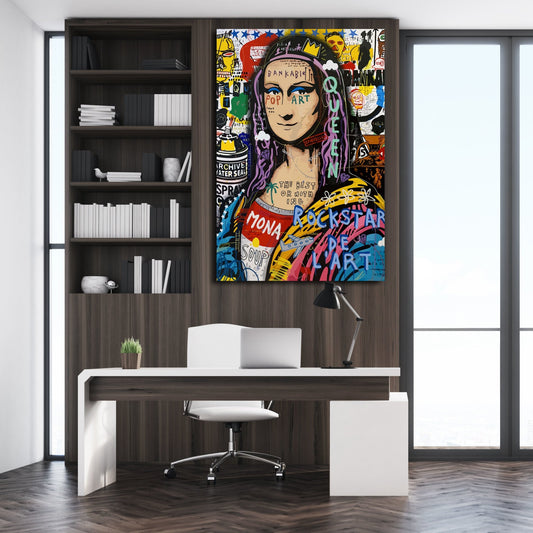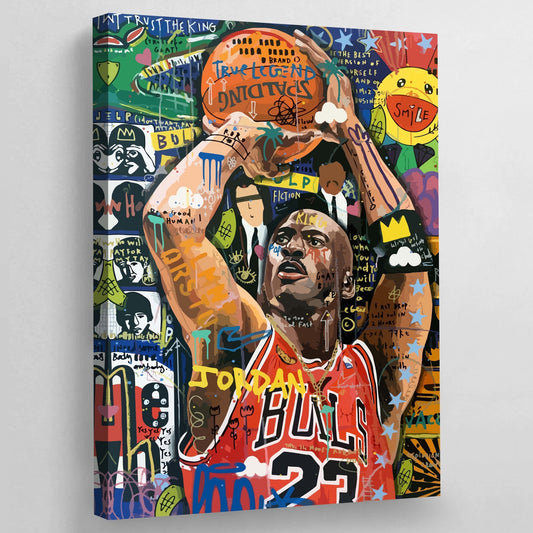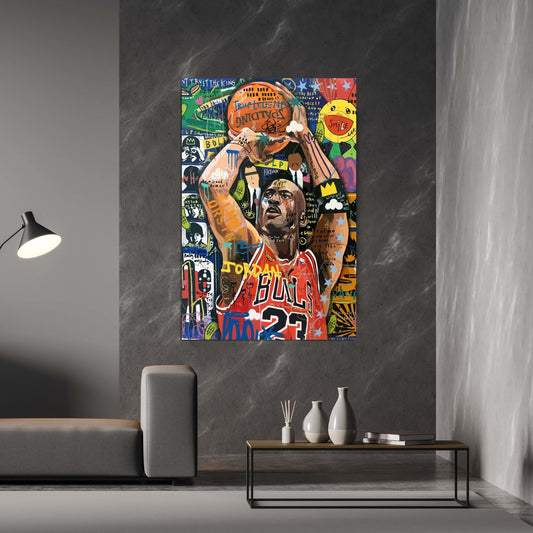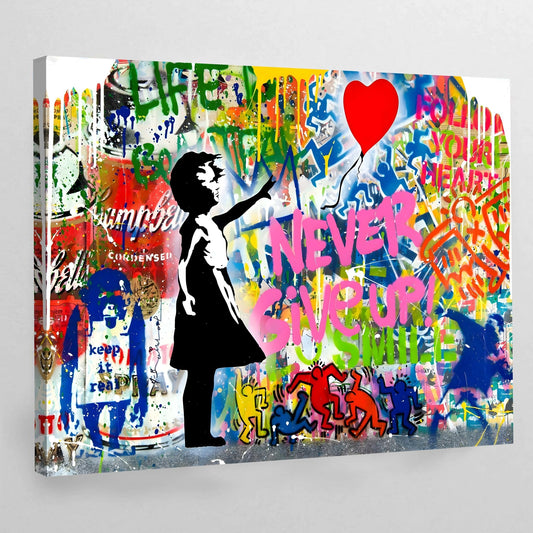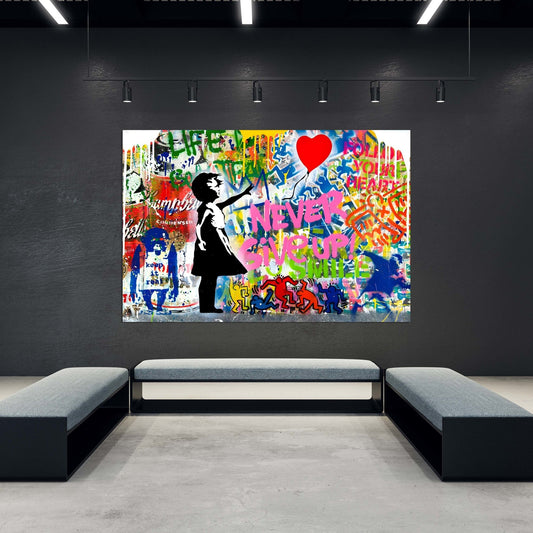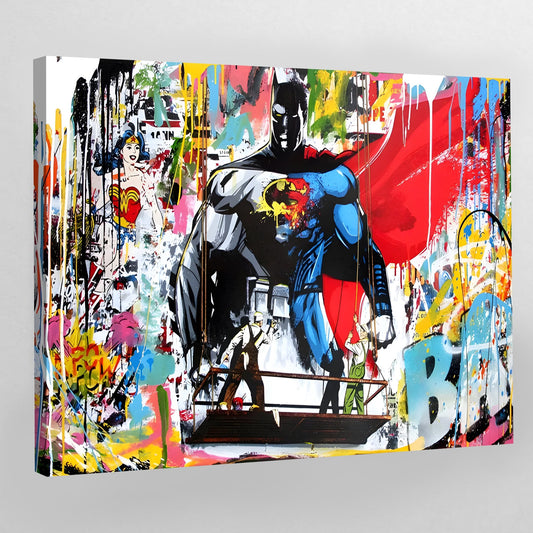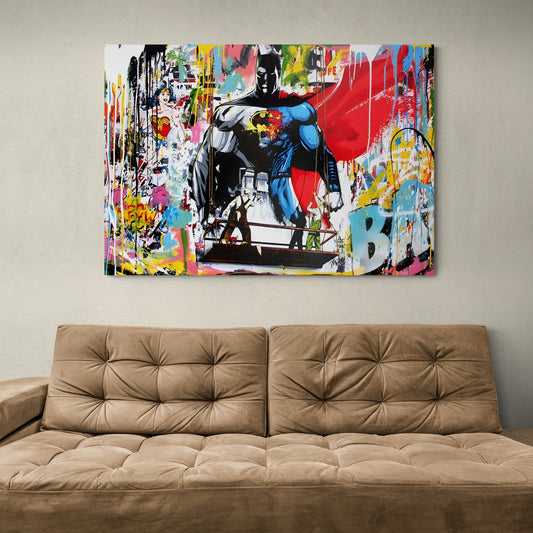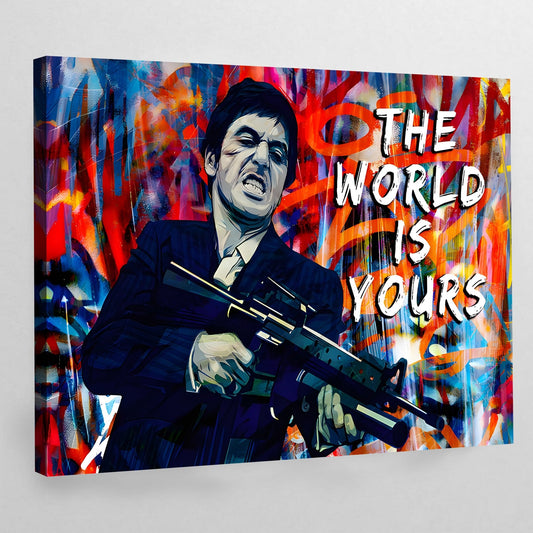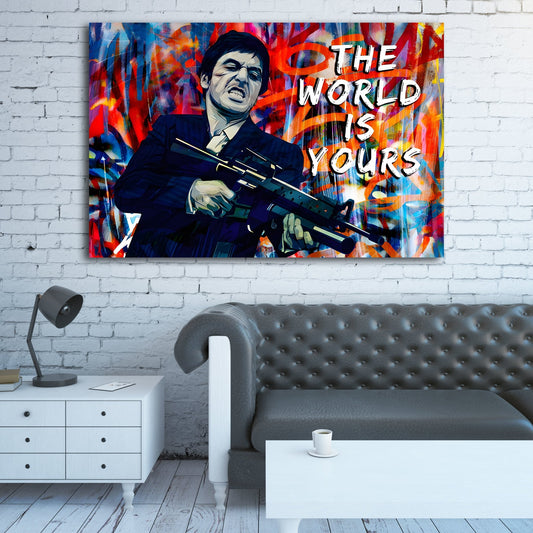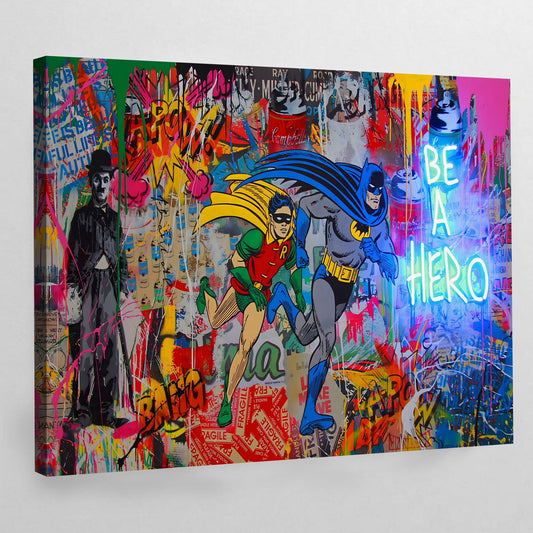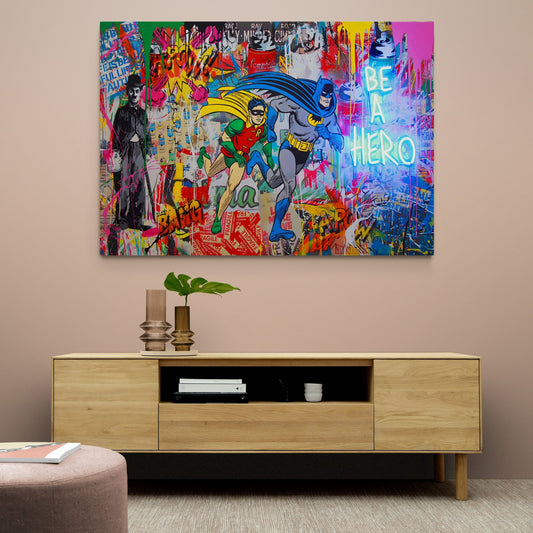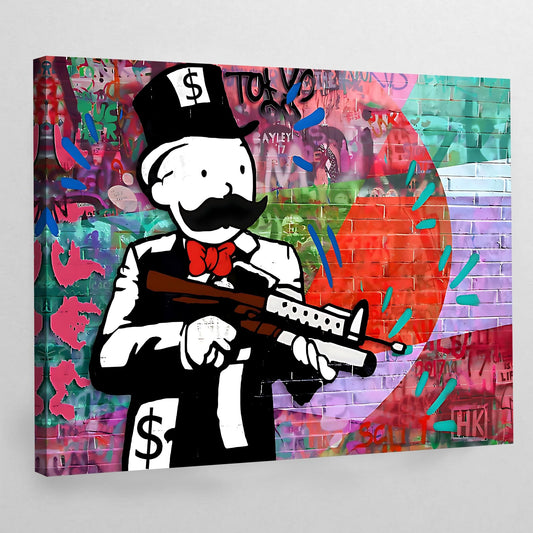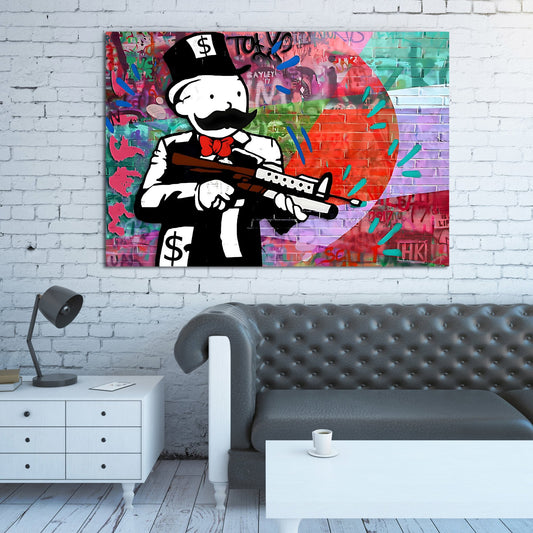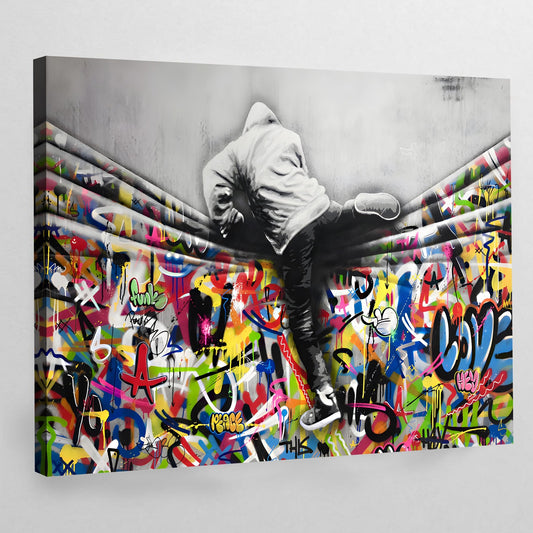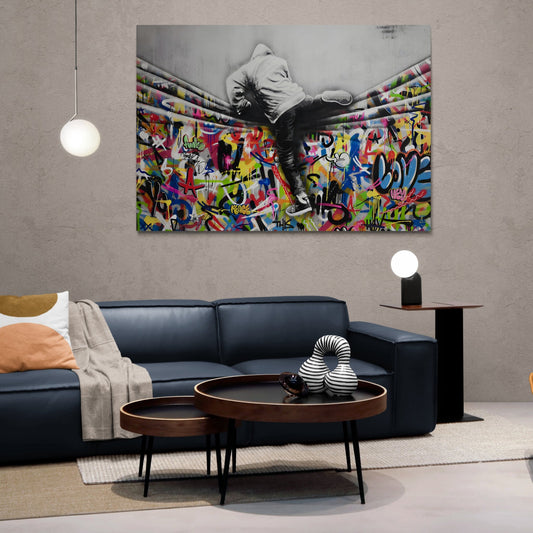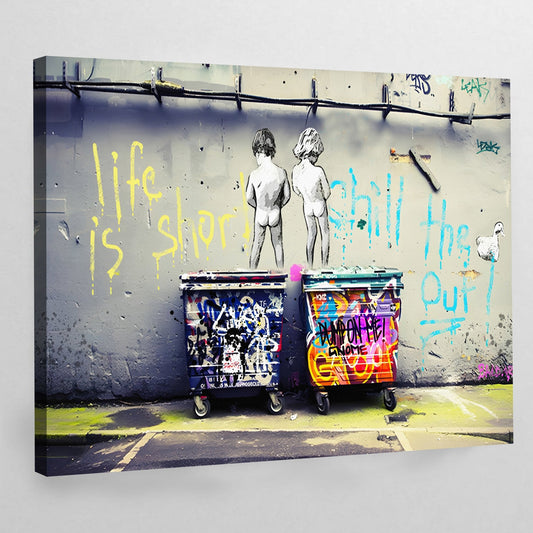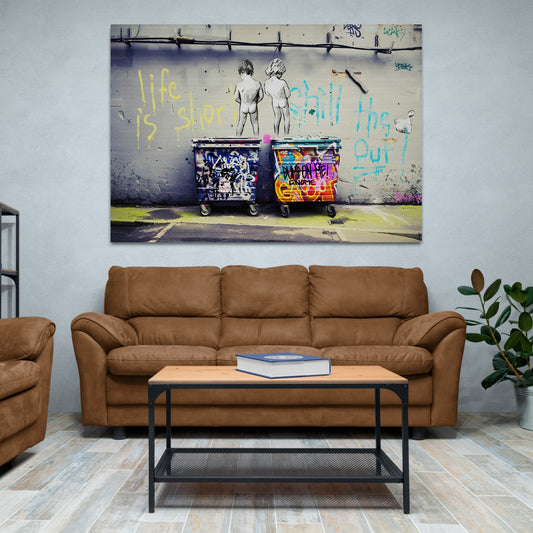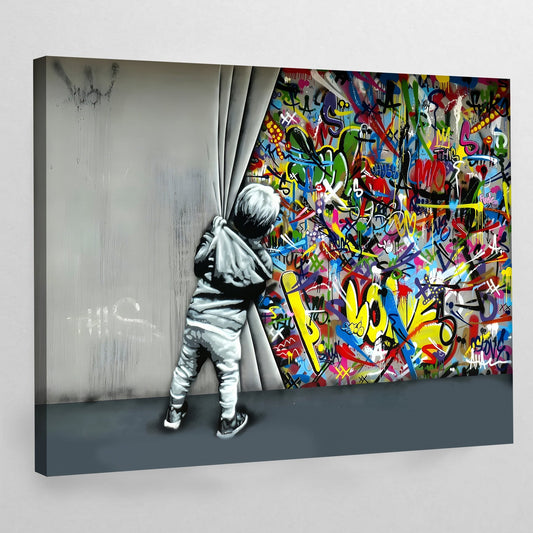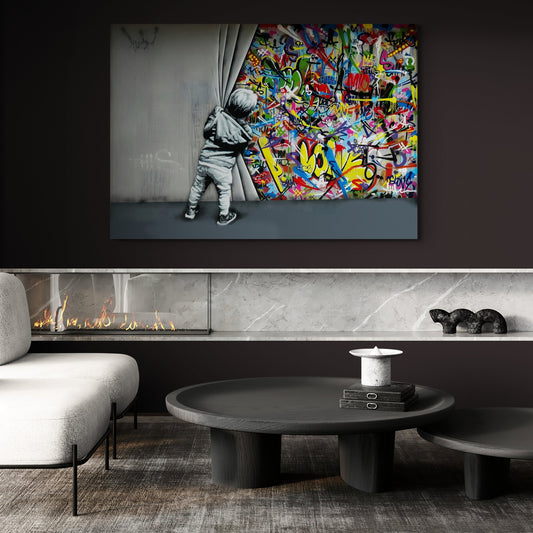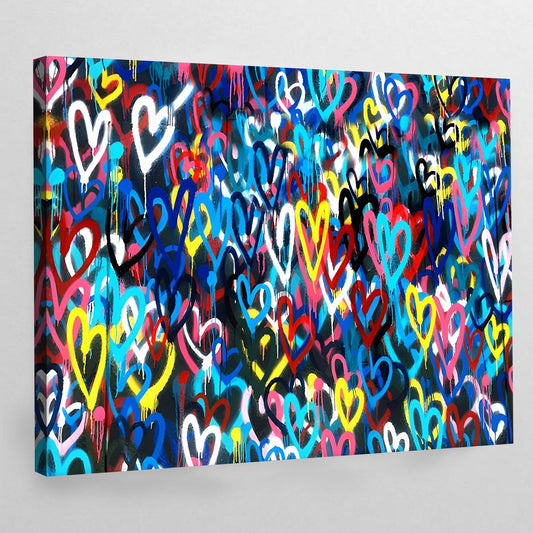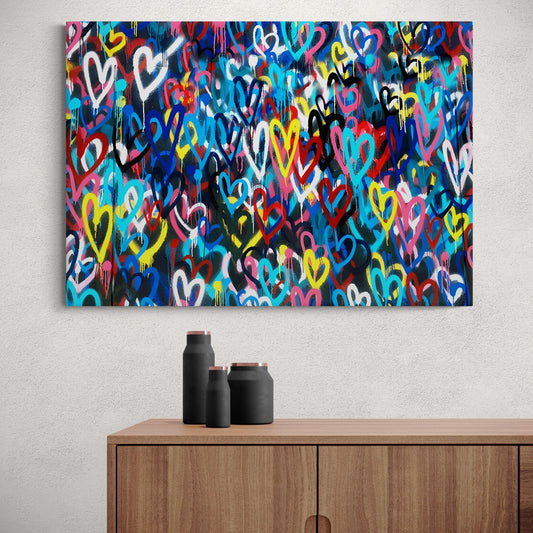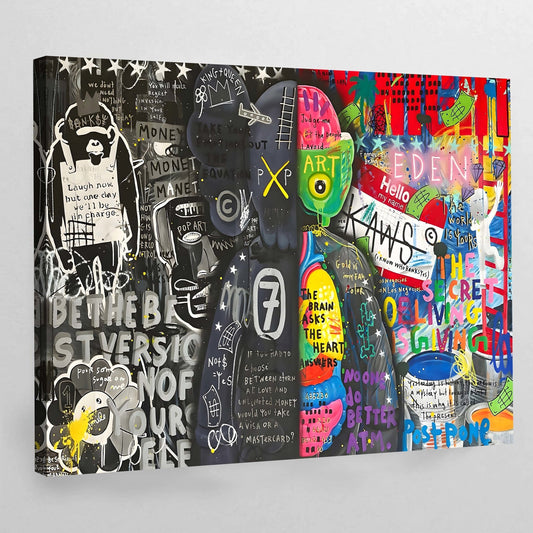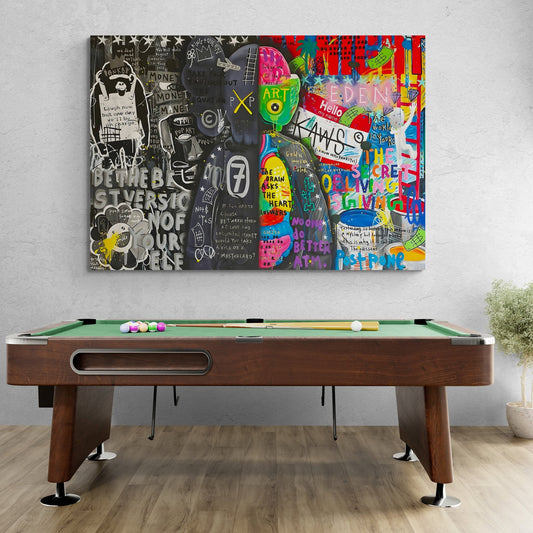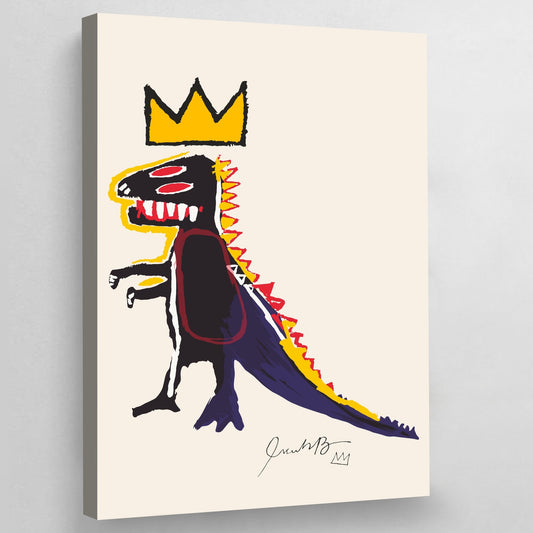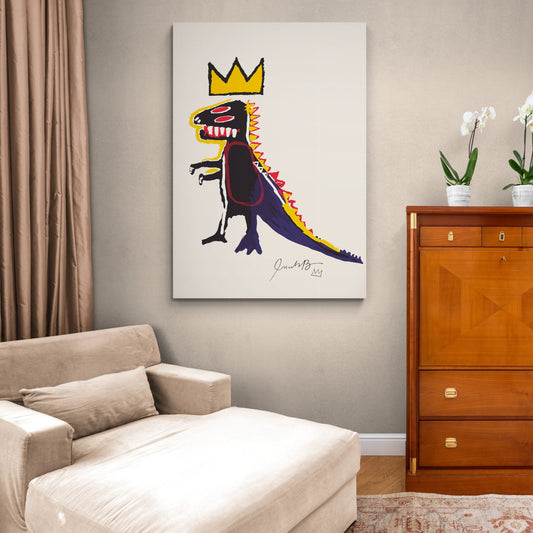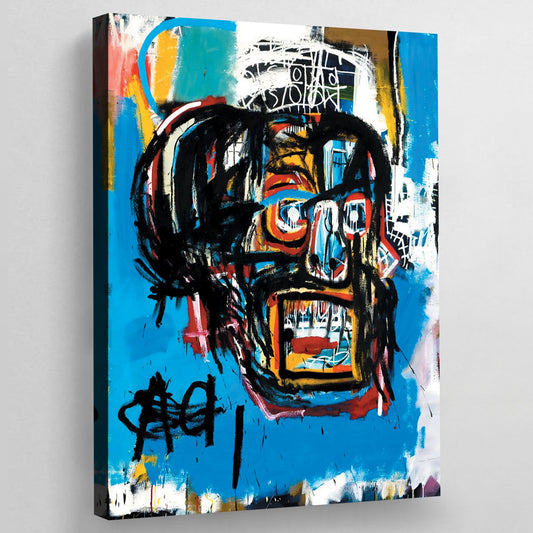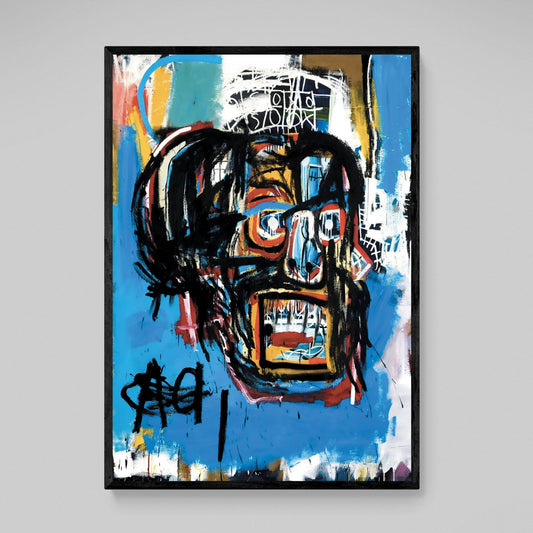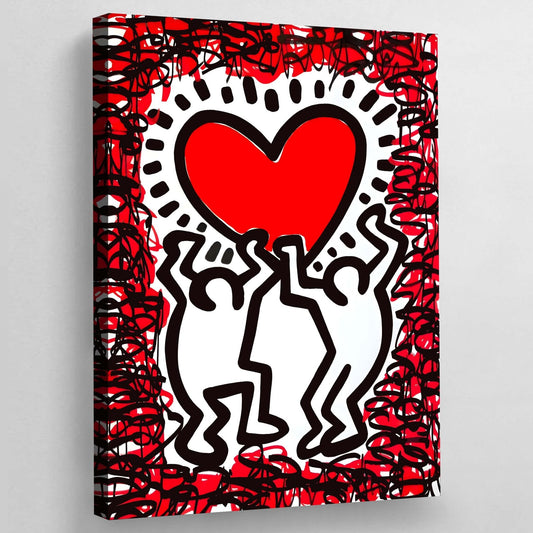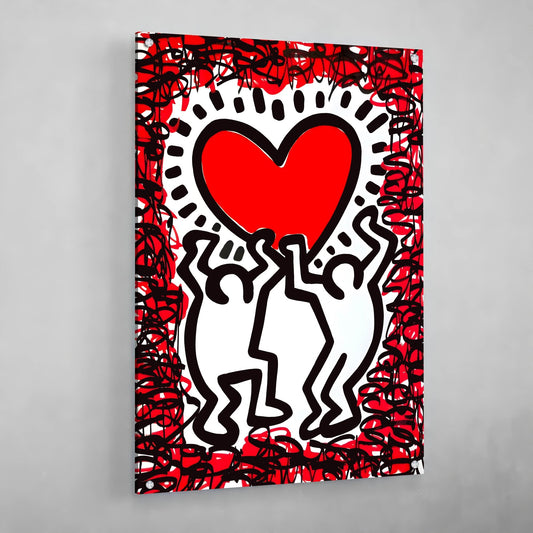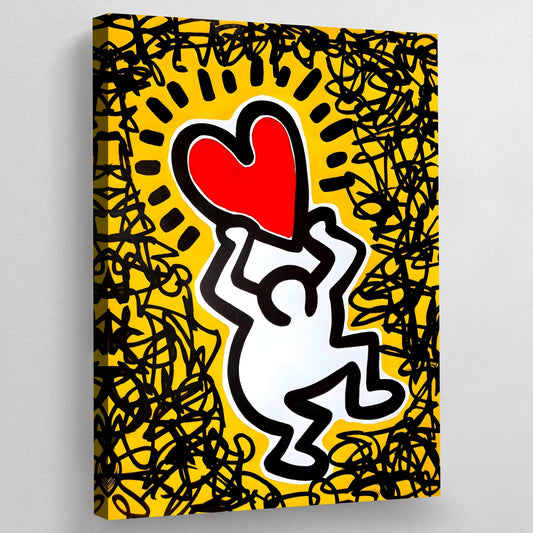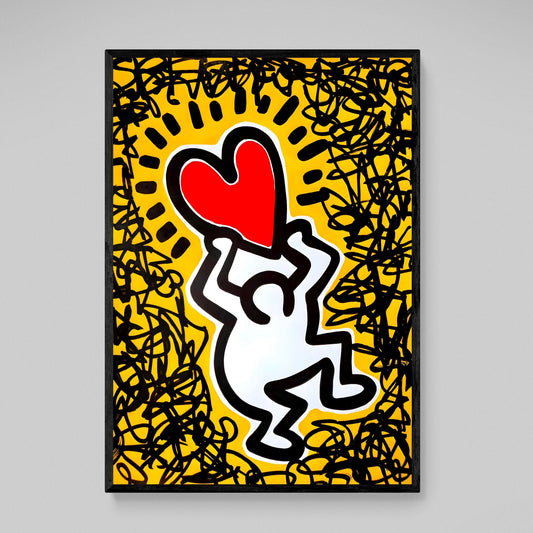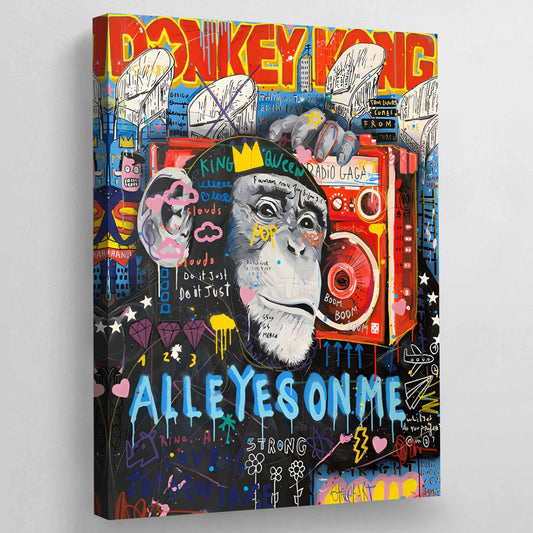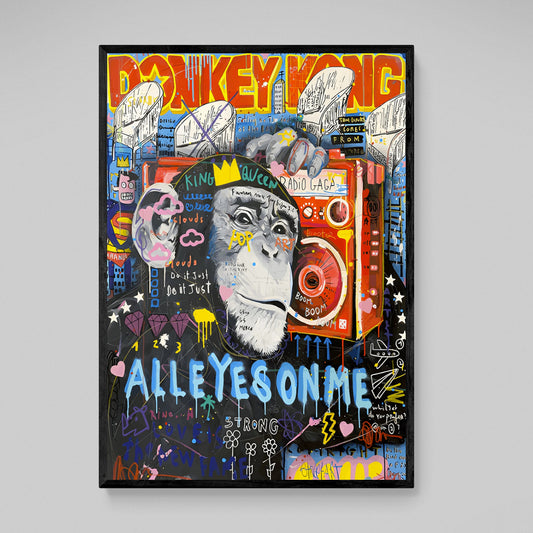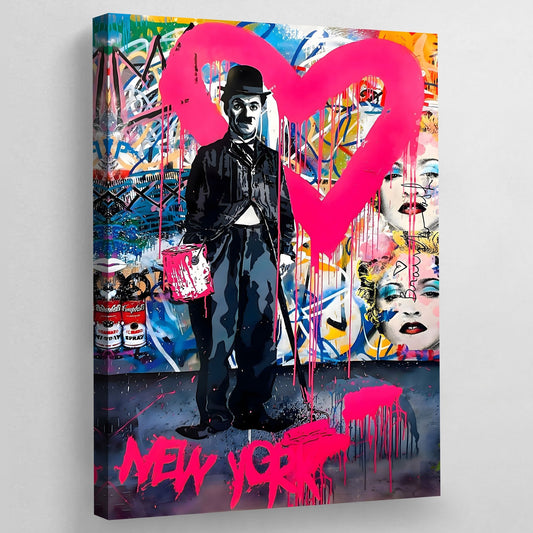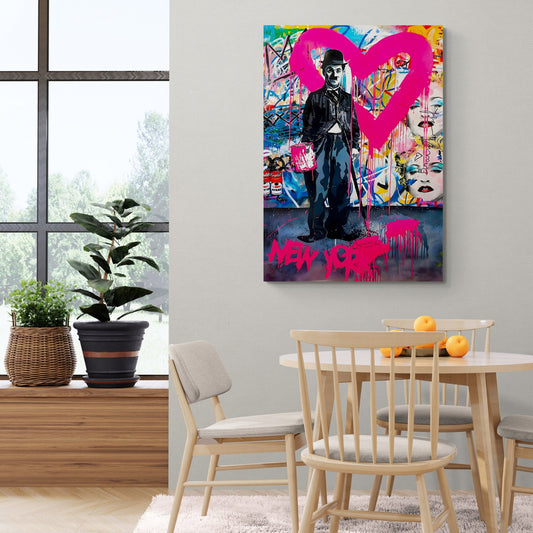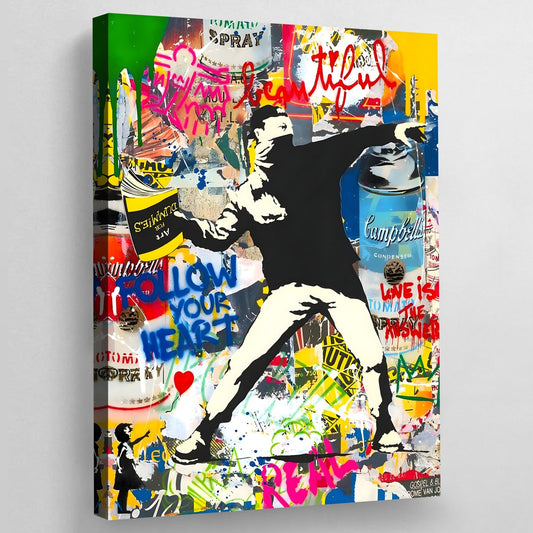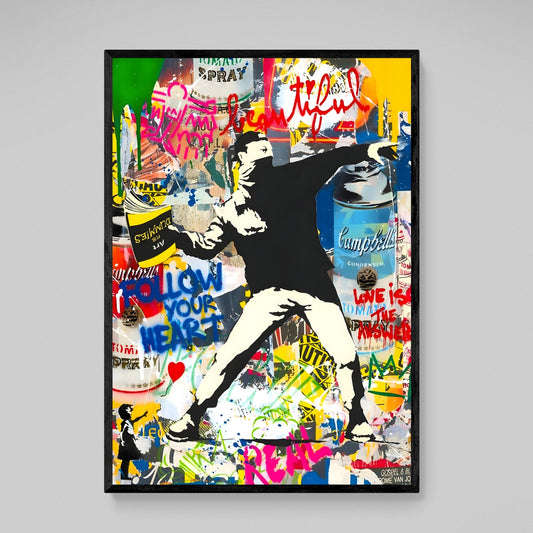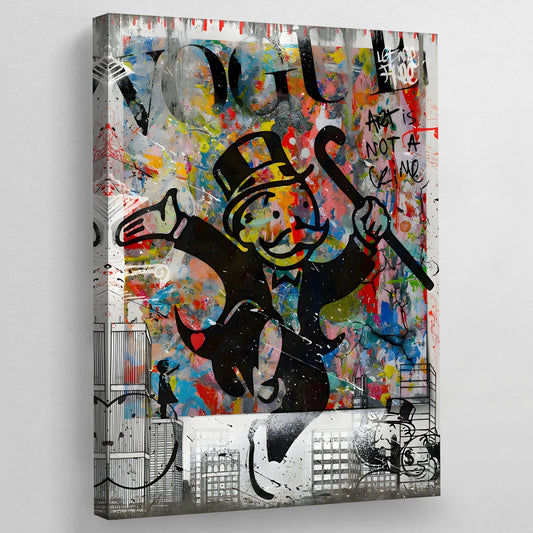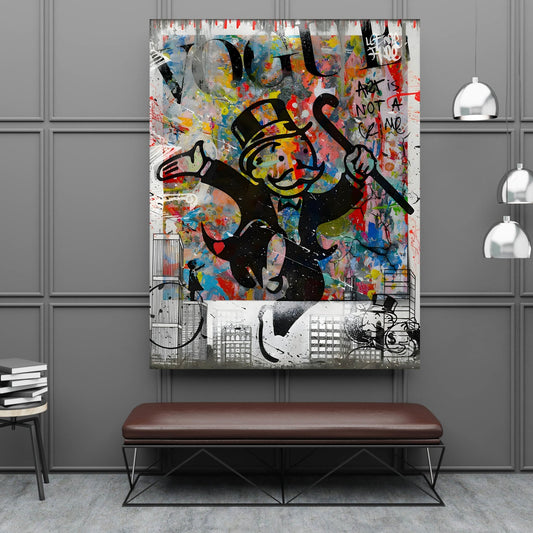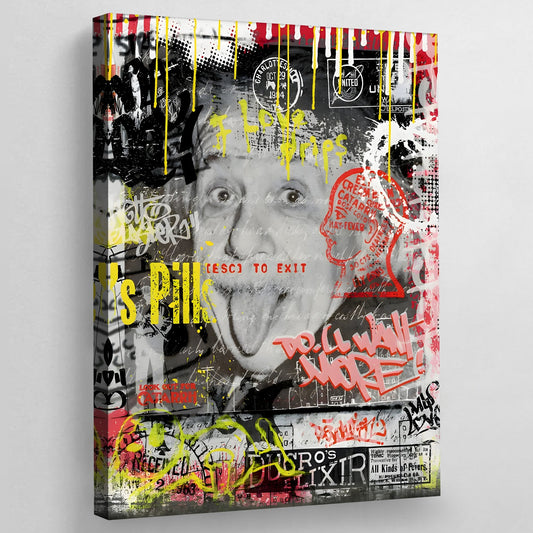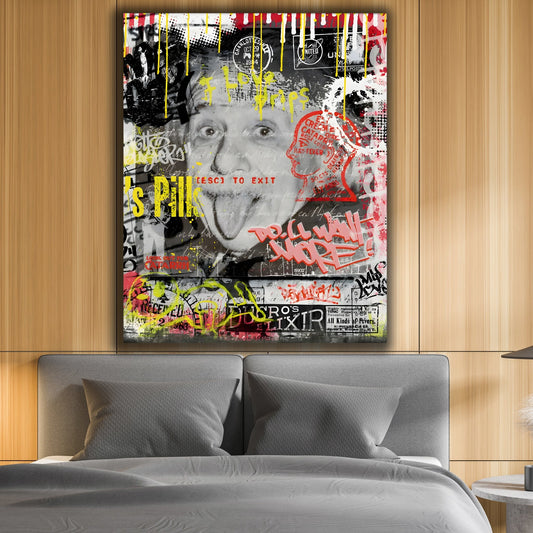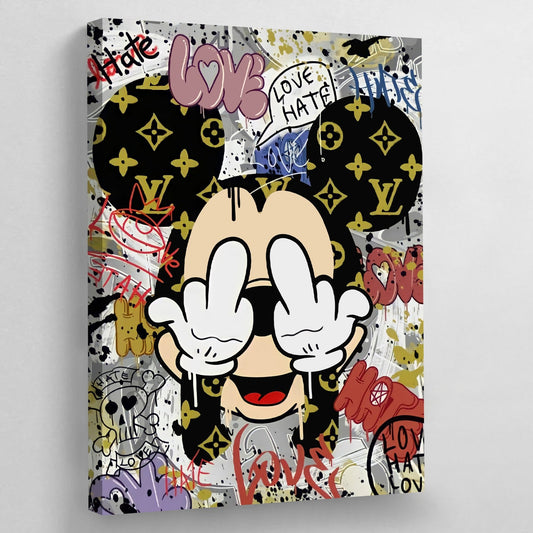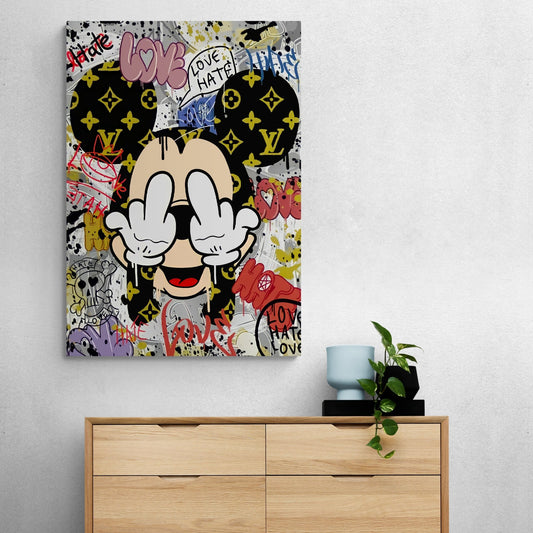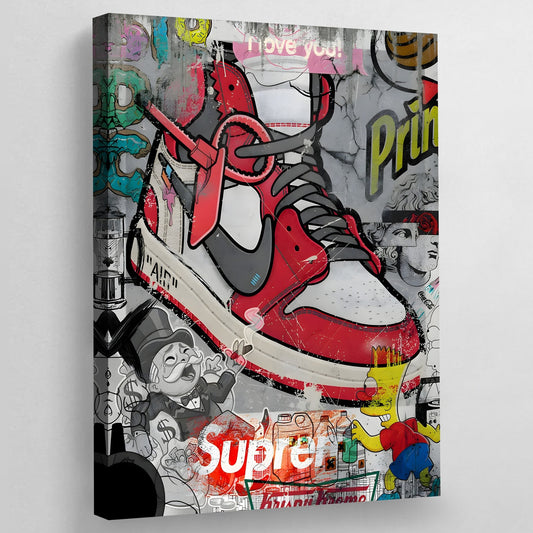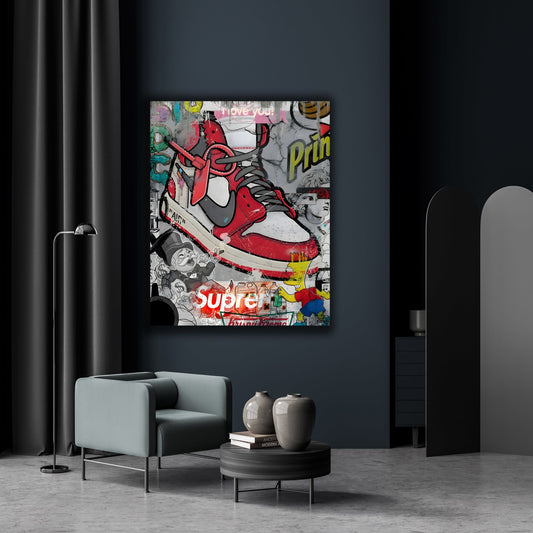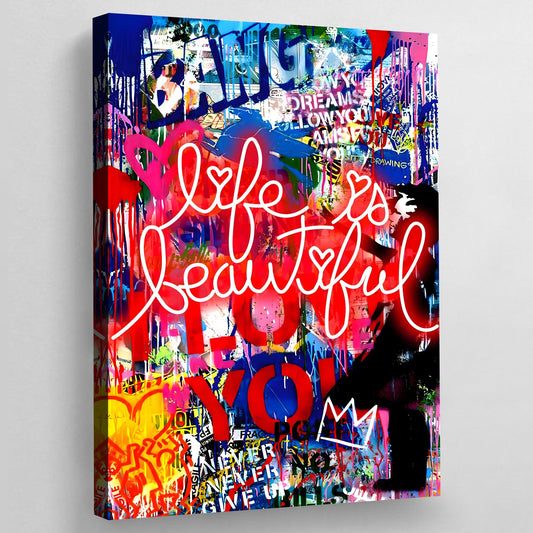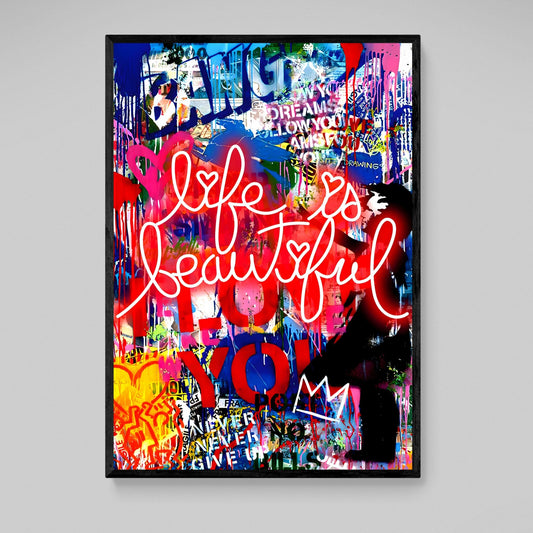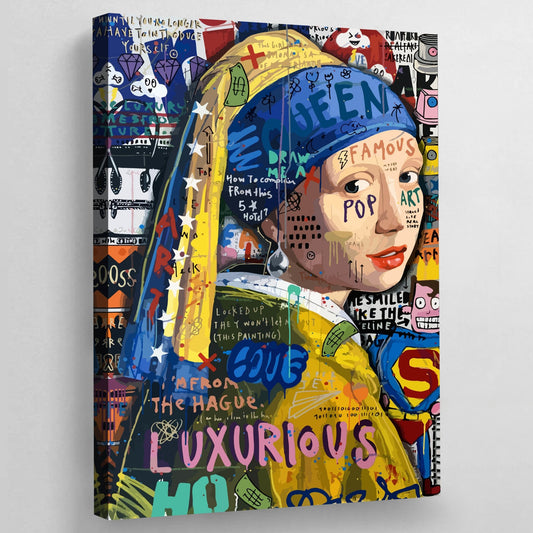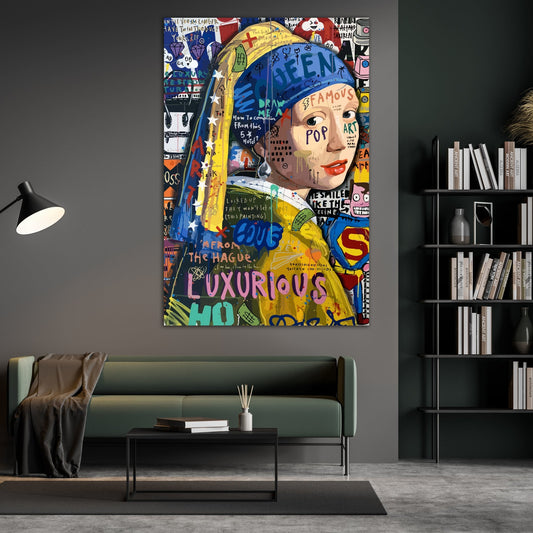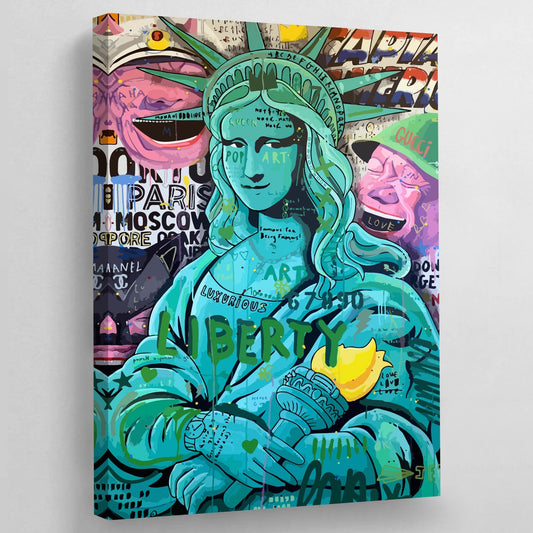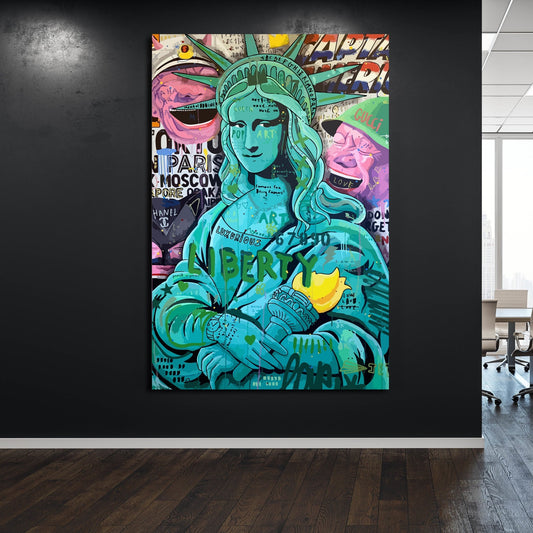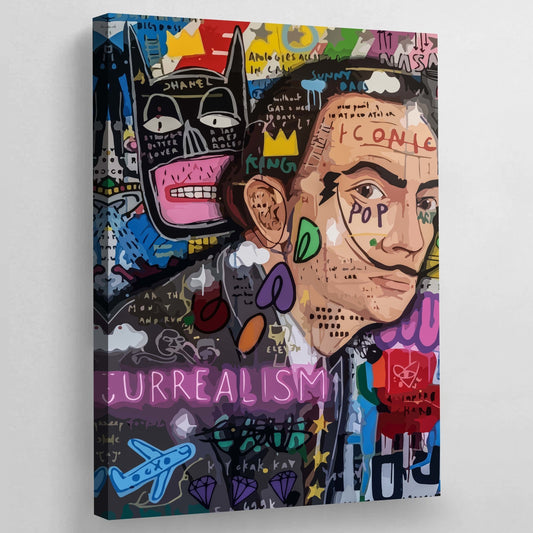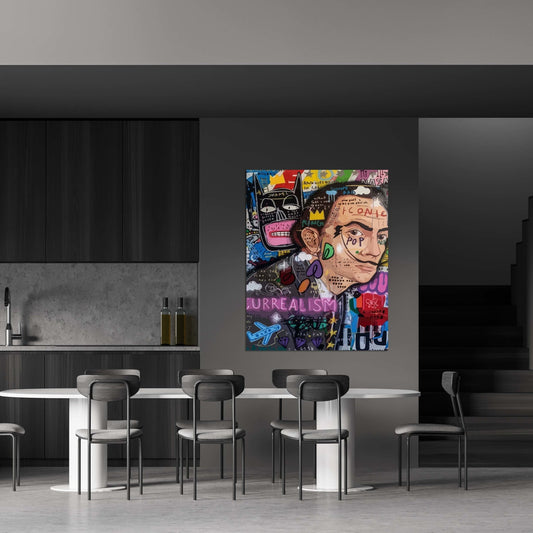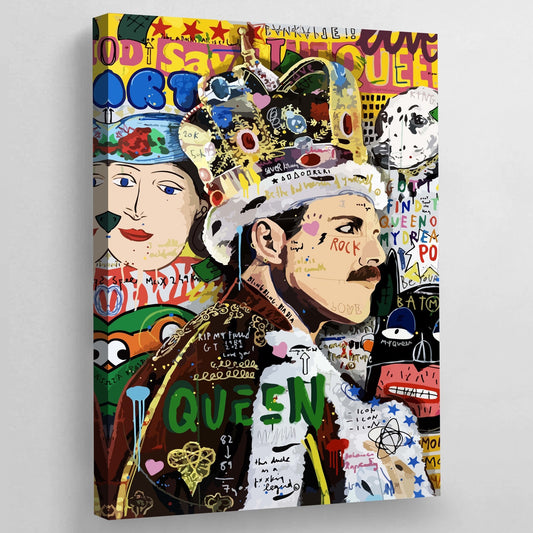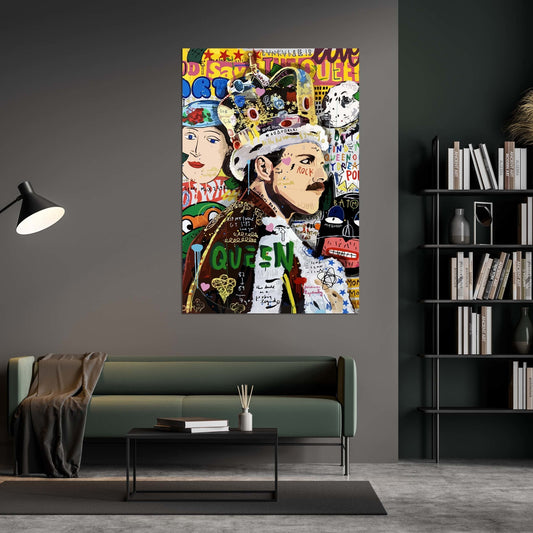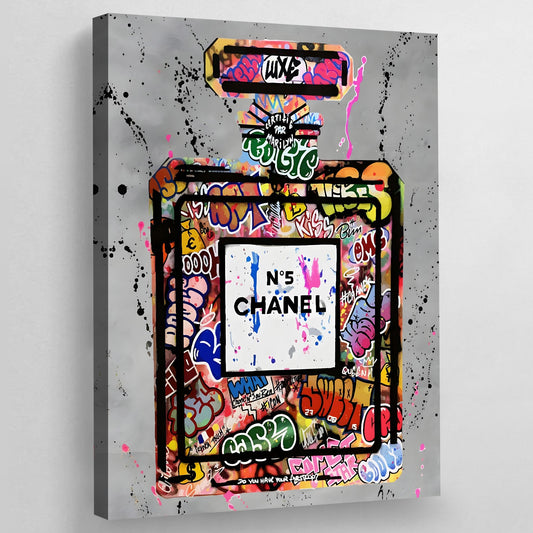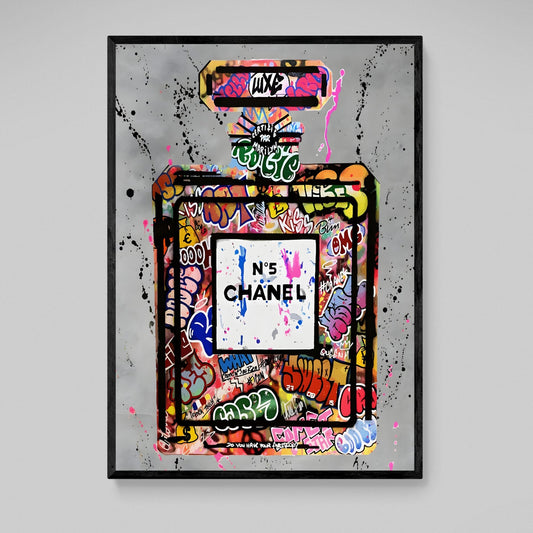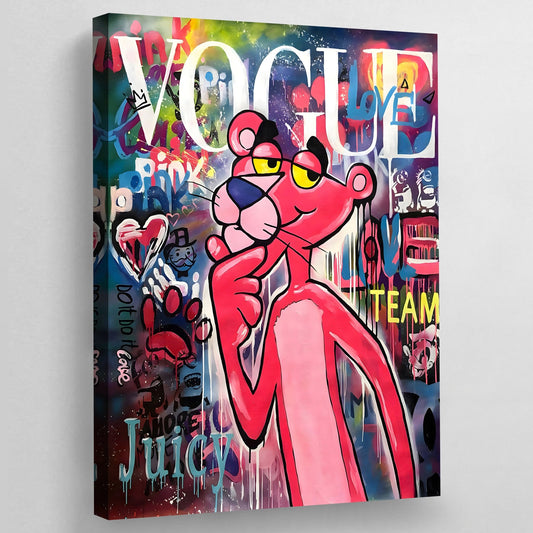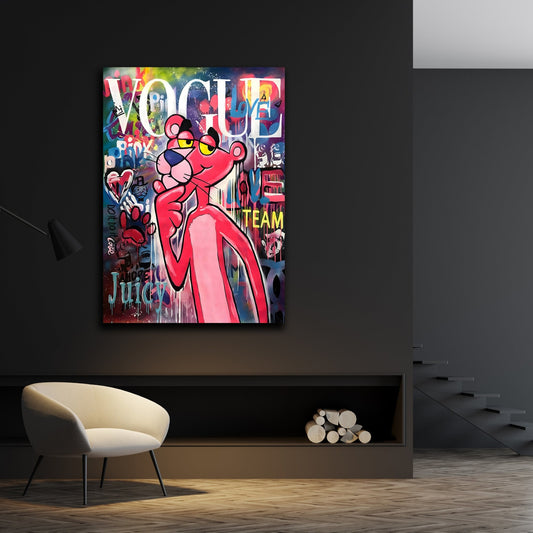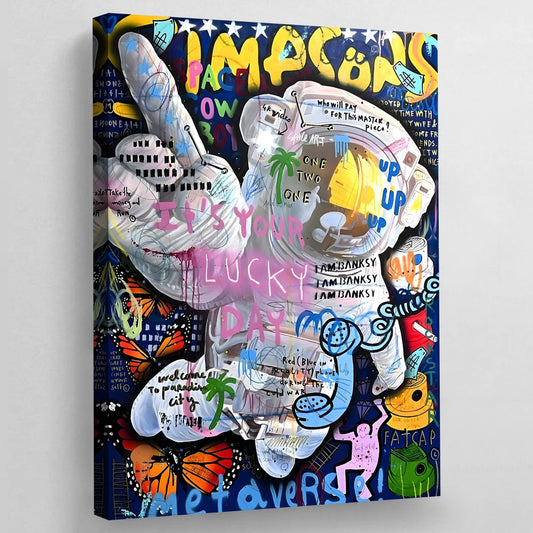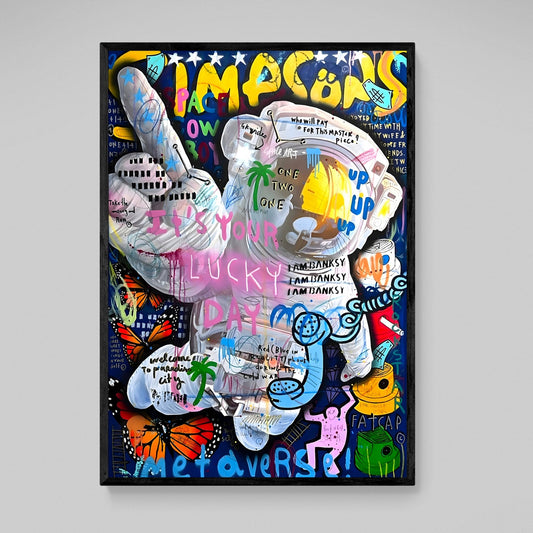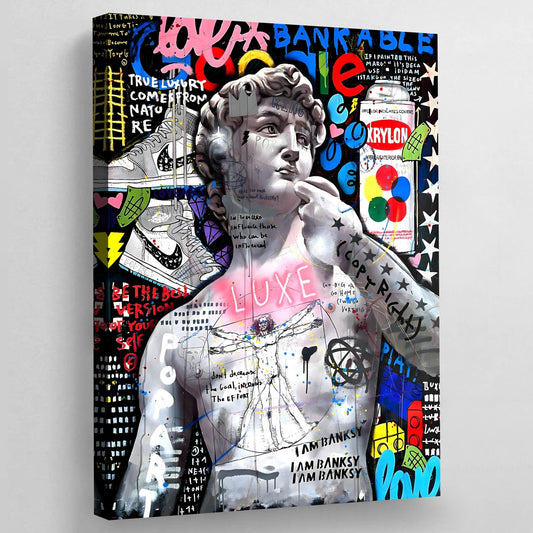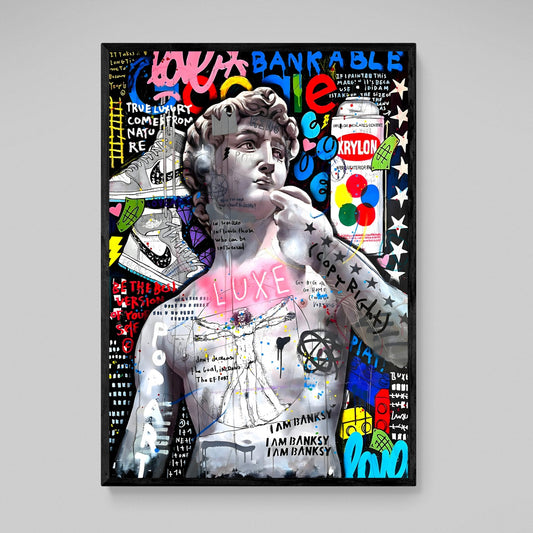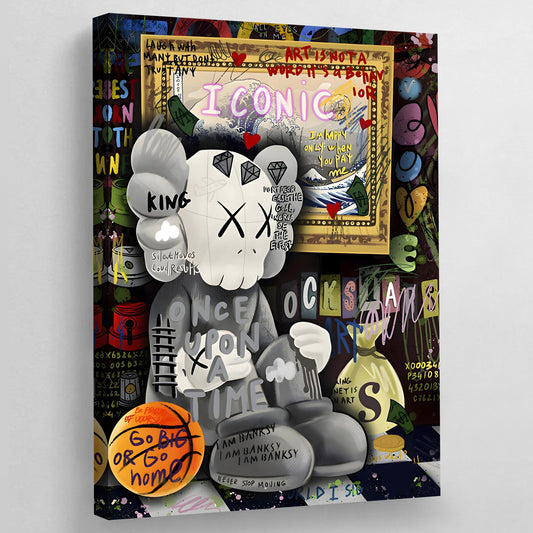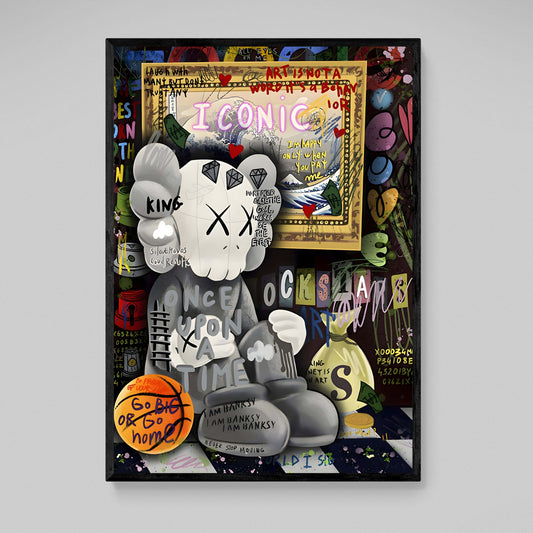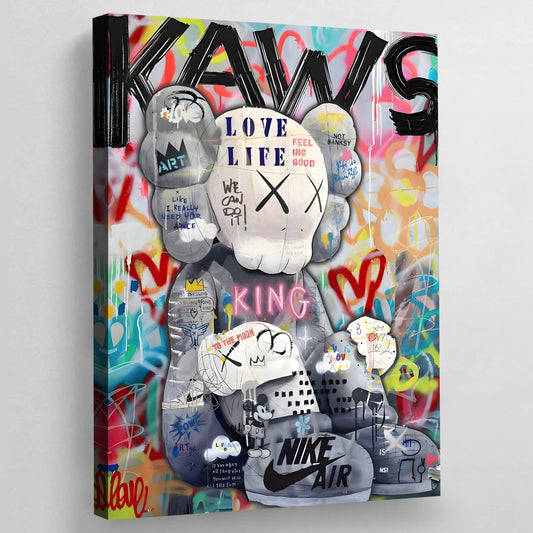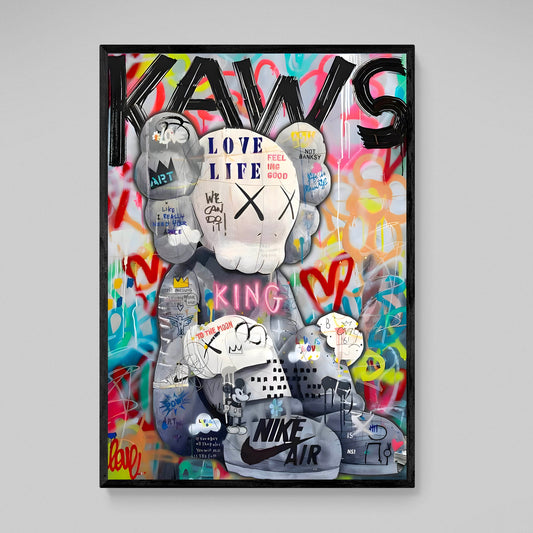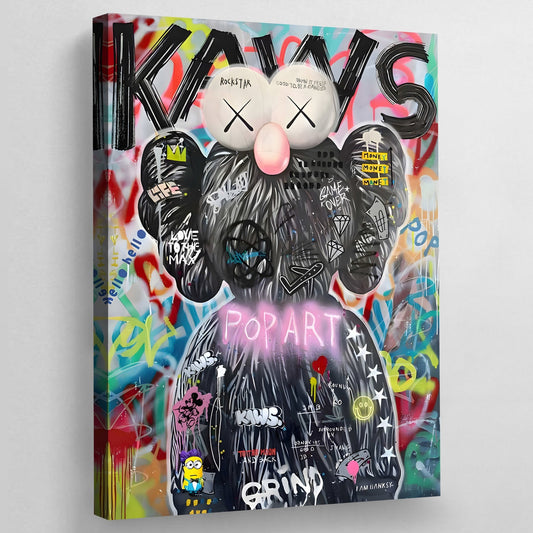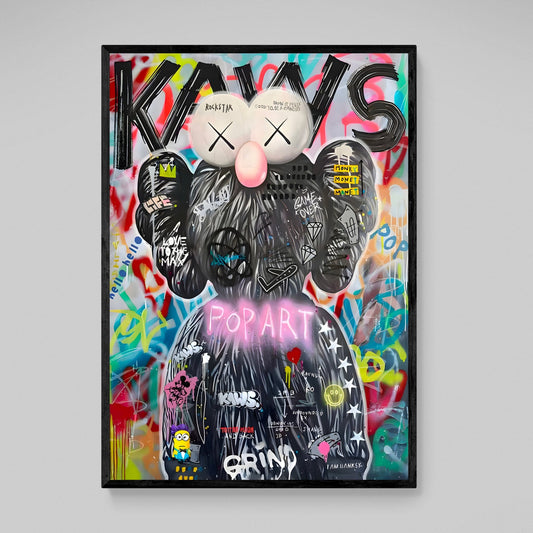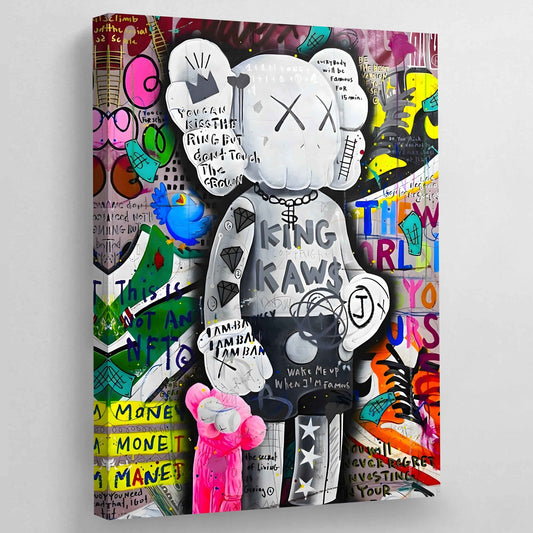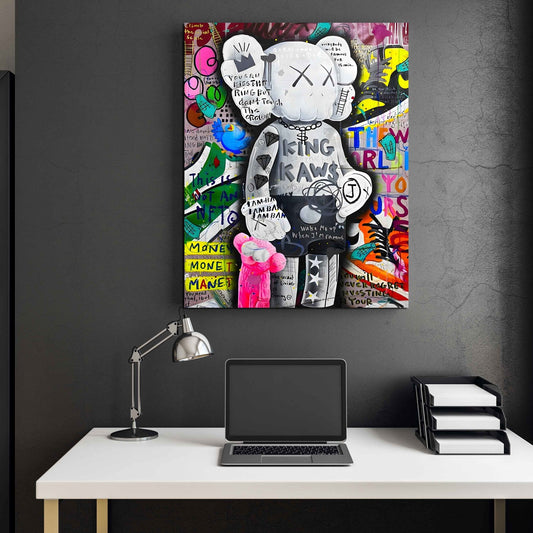-
Mona Lisa Graffiti Wall Art
Regular price From $29.00 USDRegular priceUnit price / per -
Michael Jordan Graffiti Wall Art
Regular price From $29.00 USDRegular priceUnit price / per -
Banksy Street Art Canvas
Regular price From $29.00 USDRegular priceUnit price / per$0.00 USDSale price From $29.00 USD -
Graffiti Wall Art Canvas
Regular price From $29.00 USDRegular priceUnit price / per$0.00 USDSale price From $29.00 USD -
Scarface Graffiti Wall Art
Regular price From $29.00 USDRegular priceUnit price / per$0.00 USDSale price From $29.00 USD -
Large Graffiti Wall Art
Regular price From $29.00 USDRegular priceUnit price / per -
Monopoly Graffiti Wall Art
Regular price From $29.00 USDRegular priceUnit price / per -
Graffiti Canvas
Regular price From $29.00 USDRegular priceUnit price / per -
Graffiti Art Canvas
Regular price From $29.00 USDRegular priceUnit price / per -
Graffiti Canvas Art
Regular price From $29.00 USDRegular priceUnit price / per$0.00 USDSale price From $29.00 USD -
Graffiti Pop Art Canvas
Regular price From $29.00 USDRegular priceUnit price / per -
Hypebeast Street Art Wall Art
Regular price From $29.00 USDRegular priceUnit price / per -
Basquiat Dinosaur Wall Art
Regular price From $29.00 USDRegular priceUnit price / per -
Basquiat Untitled Wall Art
Regular price From $29.00 USDRegular priceUnit price / per -
Street Art Keith Haring Wall Art
Regular price From $29.00 USDRegular priceUnit price / per -
Keith Haring Street Art Wall Art
Regular price From $29.00 USDRegular priceUnit price / per -
Monkey Graffiti Wall Art
Regular price From $29.00 USDRegular priceUnit price / per -
New York Graffiti Canvas Art
Regular price From $29.00 USDRegular priceUnit price / per -
Banksy Wall Art
Regular price From $29.00 USDRegular priceUnit price / per -
Street Art Canvas Wall Art
Regular price From $29.00 USDRegular priceUnit price / per -
Einstein Graffiti Wall Art
Regular price From $29.00 USDRegular priceUnit price / per -
Middle Finger Wall Art
Regular price From $29.00 USDRegular priceUnit price / per -
Shoe Wall Art
Regular price From $29.00 USDRegular priceUnit price / per -
Life Is Beautiful Banksy Wall Art
Regular price From $29.00 USDRegular priceUnit price / per -
Girl With A Pearl Earring Graffiti Wall Art
Regular price From $29.00 USDRegular priceUnit price / per -
Statue Of Liberty Graffiti Wall Art
Regular price From $29.00 USDRegular priceUnit price / per$0.00 USDSale price From $29.00 USD -
Salvador Dali Graffiti Wall Art
Regular price From $29.00 USDRegular priceUnit price / per -
Freddie Mercury Graffiti Wall Art
Regular price From $29.00 USDRegular priceUnit price / per -
Chanel Graffiti Wall Art
Regular price From $29.00 USDRegular priceUnit price / per$0.00 USDSale price From $29.00 USD -
Pink Graffiti Wall Art
Regular price From $29.00 USDRegular priceUnit price / per$0.00 USDSale price From $29.00 USD -
Astronaut Graffiti Wall Art
Regular price From $29.00 USDRegular priceUnit price / per -
David Graffiti Wall Art
Regular price From $29.00 USDRegular priceUnit price / per -
Hypebeast Graffiti Wall Art
Regular price From $29.00 USDRegular priceUnit price / per -
Pop Art Hypebeast Wall Art
Regular price From $29.00 USDRegular priceUnit price / per -
Pop Culture Hypebeast Wall Art
Regular price From $29.00 USDRegular priceUnit price / per -
Hypebeast Street Art Canvas
Regular price From $29.00 USDRegular priceUnit price / per
Collection: Graffiti Wall Art
Graffiti Wall Art Canvas Print & Frame: Bold Street Art to Elevate Your Space
Looking to instantly add a cool, urban vibe to your walls? Our graffiti wall art merges the raw edge of street art canvas with vibrant style. From sleek graffiti canvas art and framed prints to bold graffiti art prints, each piece is designed to breathe life and creativity into your home with authentic urban wall art.
The Evolution of Graffiti Wall Art: From Streets to Homes
Origins of Street Art Culture
Graffiti wall art emerged in the late 1960s in Philadelphia and New York City as a form of urban expression. What began as simple tags evolved into complex artistic movements that would reshape contemporary art. The transition from subway cars to street art canvas pieces allowed this rebellious art form to enter mainstream culture and eventually our homes.
The movement gained momentum when artists realized that graffiti canvas art could preserve their work beyond the temporary nature of street pieces. This evolution led to the sophisticated street art wall decor we see today, bringing authentic urban energy into residential and commercial spaces.
Legendary Graffiti Artists Who Changed Everything
Banksy - The mysterious British artist revolutionized street art with thought-provoking stencils and social commentary. His iconic Banksy wall art pieces like "Girl with Balloon" and "Flower Thrower" transformed how the world views street art, elevating it from vandalism to valuable artistic expression. Today, Banksy wall art reproductions are among the most sought-after graffiti art prints for home decoration.
Jean-Michel Basquiat - Started as a graffiti artist in NYC under the tag "SAMO©" before evolving into a neo-expressionist icon. His raw, powerful style bridges street art and fine art, making his work perfect inspiration for modern urban wall art collections.
Keith Haring - Brought graffiti into galleries with his iconic dancing figures and radiant babies. His work demonstrates how street art canvas pieces can maintain their urban authenticity while fitting seamlessly into sophisticated interior design.
TAKI 183 - Considered the first modern graffiti writer whose simple tag sparked the entire New York graffiti movement. His influence can be seen in contemporary graffiti canvas art that celebrates the pure essence of street tagging culture.
Canvas Street Art – An Urban Twist on Sophistication
If you've ever admired Banksy wall art on a gritty alley wall or been captivated by the rebellious flair of urban wall art, our street art canvas selection lets you bring that energy home—without the mess of spray paint. Think iconic pieces like the playful balloon girl or daring nods to Basquiat. Perfect for your modern home or home office, this is unique home decor that feels contemporary, unapologetic, and totally conversation-worthy.
Why Street Art Canvas?
A street art canvas print highlights the vivid colors and bold lines of graffiti art, lending a gallery-like elegance to each piece. It's your chance to let an urban-inspired mural make a splash in your living room, or enhance your study's walls with the edgy wit of Banksy wall art. Each graffiti canvas art piece arrives in high-quality and premium form, built to stand out and last for years to come.
Street art canvas offers several advantages over traditional wall murals:
- Portability: Move your urban wall art as your space evolves
- Durability: High-quality materials preserve the artwork's vibrancy
- Authenticity: Captures the raw energy of original street pieces
- Versatility: Works in both modern and eclectic interior designs
Graffiti Canvas Styles: Find Your Perfect Urban Aesthetic
Wildstyle Graffiti Canvas
Complex interlocking letters and bold color schemes perfect for statement walls. These large graffiti wall art pieces feature the intricate lettering style that originated in New York's subway system, bringing authentic street credibility to your space.
Stencil Street Art (Banksy Style)
Clean, powerful imagery with social messages - ideal for modern spaces. Our Banksy wall art inspired pieces use crisp stencil techniques to create thought-provoking street art wall decor that sparks conversation.
Abstract Graffiti Canvas Art
Explosive colors and flowing forms that energize any room. These graffiti art prints capture the spontaneous energy of street art without specific imagery, perfect for those who want urban vibes with artistic subtlety.
Character-Based Street Art
Cartoon-inspired figures and pop culture icons. From Mickey Mouse reimagined as street art canvas to original character designs, these pieces bring playful urban energy to any space.
Framed Prints & Posters – Street Art Flair, Your Way
Want a quick style fix? Our poster-style graffiti art prints are a dream come true, especially if you need a dynamic accent for a teen's bedroom or a fun addition to a creative studio. Starring characters like Mickey, stenciled icons, and splashy urban tags, these street art wall decor pieces can instantly elevate your décor without breaking the bank.
Finding the Perfect Fit
Framed Prints: Ideal when you want a more polished, modern art feel. Whether you're decorating a large wall in your living room with large graffiti wall art or seeking a centerpiece for your office, the frame adds a refined edge to the urban chaos.
Graffiti Art Prints: Perfect for dorms, kids' rooms, or any space crying out for a dash of carefree, vibrant energy. With easily swappable designs, you can change things up as tastes evolve—think a rebellious panda with guns or a playful balloon motif inspired by Banksy wall art.
Why Graffiti Wall Art Belongs in Your Home or Office
Graffiti wall art isn't just for city streets—it's become a sought-after art form that fuses everyday rebellion with eye-catching design. Whether it's a symbolic flower bomber piece or the thought-provoking works referencing Einstein, our collection gives you the freedom to personalize your space. Love the edgy twist of "stop and search" themes or the dreamy vibe of flying balloon girl street art canvas? We've got you covered.
Benefits of Urban Wall Art in Your Space
Expressive Flair – Each graffiti art print captures the raw spirit of street art wall decor, giving your home a boost of authenticity and character that reflects urban culture's creative energy.
Versatile Decor – From edgy large graffiti wall art statements for your living room to playful graffiti canvas art for a teen's room, there's something for every modern home setting.
Easy to Buy & Hang – Snap up your favorite urban wall art design online and take advantage of our free shipping. Then, simply place your street art canvas or graffiti art prints where they can shine.
Cultural Connection – Street art wall decor connects you to a global movement of artistic expression that values creativity, social commentary, and individual voice.
Make a Bold Impression with Urban Tags & Collage on Canvas
Our collage-style graffiti canvas art pieces celebrate the chaos of graffiti and street art—layering colors, shapes, and text for a finish that screams "Look at me!" Whether you fall for a cheeky monkey design, a subtle nod to Chaplin, or an iconic Mickey cameo reimagined as street art canvas, each piece is built to captivate. It's urban wall art that's anything but ordinary, perfect for a large wall or a smaller corner craving attitude.
Large Graffiti Wall Art for Maximum Impact
When you want to make a statement, our large graffiti wall art pieces transform entire rooms. These substantial street art canvas works serve as focal points that anchor your décor while celebrating the bold aesthetic of urban culture. From oversized Banksy wall art reproductions to original designs that capture the energy of city streets, these pieces prove that graffiti art prints can be both sophisticated and rebellious.
High-Quality & Premium – Designed to Last
You deserve street art wall decor that stays fresh, all while being 100% made in the USA. Each piece in our collection is handmade with eco-friendly, high-resolution printing processes and sustainably sourced (FSC-certified) wood frames. We mirror-print the canvas sides, use a robust 1.6" frame, and for those who prefer a modern touch, offer 4mm acrylic prints as well.
Every graffiti canvas art piece arrives ready to hang, making setup a breeze—simply unwrap and enjoy. Plus, with 4–7 business days shipping to most destinations, you won't wait long to add that bold pop of color to your space. Our commitment to premium, high-quality materials means your new urban wall art will remain just as vibrant and captivating as the day you unbox it.
What Makes Our Street Art Canvas Superior
- Museum-Quality Materials: Archival inks ensure your graffiti art prints won't fade
- Sustainable Production: FSC-certified frames support responsible forestry
- American Craftsmanship: Each street art canvas is handmade in the USA
- Ready-to-Hang: No additional framing or tools required
- Lifetime Durability: Built to maintain vibrancy for decades
Room-by-Room Guide: Where to Display Street Art Wall Decor
Living Room
Large graffiti wall art works best above sofas or as a statement piece on accent walls. Choose Banksy wall artthemes that complement your existing color scheme while adding urban sophistication.
Home Office
Street art canvas pieces inspire creativity and reflect your personality. Abstract graffiti canvas art maintains professionalism while showcasing your artistic side.
Bedroom
Smaller graffiti art prints work well in bedrooms, creating personal galleries without overwhelming the space. Consider character-based urban wall art for a playful touch.
Teen/Young Adult Spaces
This demographic particularly connects with authentic street art wall decor. Mix and match different graffiti art prints to create dynamic, evolving displays.
Ready to Transform Your Space with Graffiti Wall Art?
There's no better time to explore your artistic side. Amp up your walls with an urban edge, be it a stirring graffiti canvas art piece paying homage to Berlin's street art scene or a street art canvas depicting a classic figure from New York's legendary 24th Street. Whether you choose bold large graffiti wall art for maximum impact or subtle street art wall decor for understated urban flair, each piece brings authentic city energy to your space.
So go ahead—dream big, follow your dreams, and let your walls do the talking with powerful urban wall art. With free shipping and our commitment to quality graffiti art prints, it's never been simpler to bring the rebellious charm of authentic street art into your life. Transform any room from ordinary to extraordinary with street art canvas that captures the spirit of urban creativity and makes every day feel like an adventure in the city's most vibrant neighborhoods.
